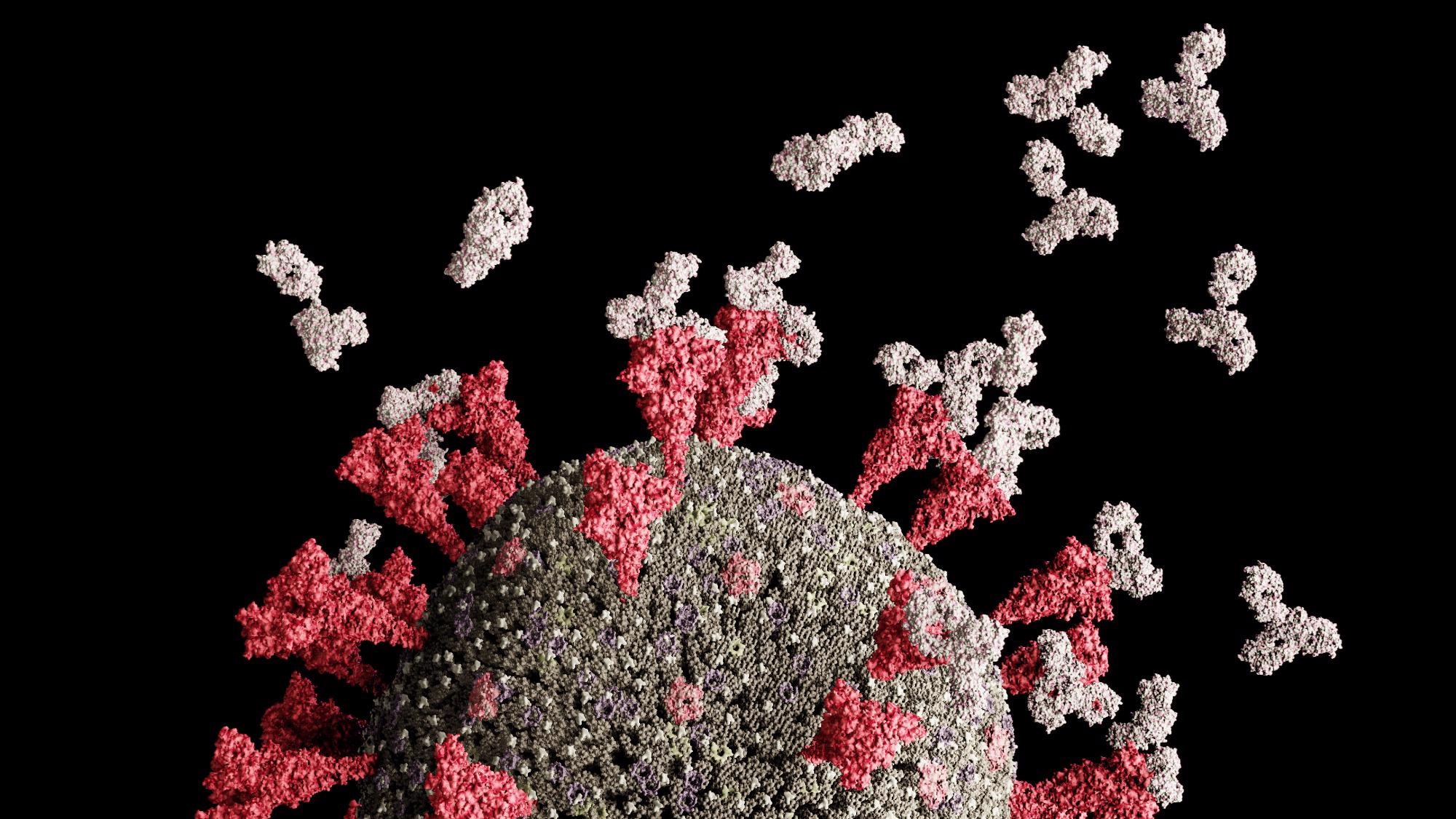Severe acute respiratory syndrome coronavirus 2 (SARS-Cov-2) is the causative virus of coronavirus disease 2019 (COVID-19), which was declared a pandemic by the World Health Organization (WHO) in March 2020.
By April 2022, there was an estimated global number of infections of 500 million and a total of over 6.1 million COVID-19-associated deaths recorded.
Although effective COVID-19 vaccinations were rapidly produced and implemented, the rate of new variants has increased the demand for updates to vaccine formulas.

Background
The production of substantial amounts of stable and high-quality SARS-CoV-2 S proteins is essential for the development of virosomal-based vaccines. Full-length S protein production has been reported using a variety of expression systems, the bulk of which are based on mammalian cells. The insect cell-baculovirus expression vector system (IC-BEVS) is a viable option since it is widely considered a low-cost, scalable manufacturing platform.
The study
In a recent study published in Pharmaceutics, different signal peptides, baculovirus transfer vectors, cell lines, infection techniques, and formulation buffers were investigated with the purpose of building a scalable bioprocess to generate high-quality S protein for incorporation in a virosome-based COVID-19 vaccine candidate.
The stability, oligomeric state, and binding capability of the generated protein to the angiotensin-converting enzyme 2 (ACE2) receptor and selected neutralizing SARS-CoV-2 antibodies were all evaluated in depth. The S protein was also covalently linked to a click chemistry lipid in the virosomal membrane through its polyhistidine- (His)-tag.
Study outcome
The most adequate method of infection was identified via the infection of sf-9 cells at cell concentration at infection (CCI) of 1 and 2 x 106 cell/mL with recombinant baculovirus rBac with a multiplicity of infection (MOI) of 0.1 and 1 pfu/cell, and small-scale shake flasks (SF) were utilized to examine the growth and S protein expression kinetics. Following infection, traditional profiles of insect cell viability and growth were seen. CCI = 2 x 106 cell/mL and MOI = 1 pfu/cell produced the highest S protein titers and specific production rates.
The authors explored three different signal peptides, which included the insect honeybee melittin (BVM) (rBac 1), the rBac gp67 (rBac 2), and the S protein signal peptide from the original SARS-CoV-2 strain (rBac 3). Insect Sf-9 cells were infected at CCI = 2 × 106 cell/mL with each rBac at MOI = 1 pfu/cell, and small-scale SF was utilized to examine S protein expression kinetics and growth.
Following infection, the authors discovered traditional profiles of insect cell viability and growth, with samples infected with rBac 1 being the only ones to have S protein detected via Western blot, therefore, baculovirus constructs containing the BVM signal sequence were used in future analyses.
For all N-linked glycan sites already identified in current literature, purified S protein was analyzed using liquid chromatography-mass spectrometry (LC-MS) to determine site-specific glycosylation and glycan composition. At glycosylation sites N 68_81, N172, N241, and N1081, a combination of high mannose and complex/paucimannose-type glycans were discovered; the remaining 15 sites were dominated by processed, complex-type glycans.
High-performance liquid chromatography size-exclusion chromatography (HPLC-SEC) and differential scanning fluorimetry (DFS) were used to examine the isolated S protein's mid-term storage durability. When kept at 80 °C and 4 °C or after 5 freeze-thaw cycles, HPLC-SEC analysis showed a single peak in all conditions tested, implying that S protein trimer structure is sustained for up to 90 days. The durability of S protein was further corroborated by DSF data, which revealed a minor difference in S protein melting temperatures across all circumstances investigated.
Dibenzocyclooctyne- (DBCO-) azide click chemistry was used to covalently link virosomes to purified S protein, and an enzyme-linked immunosorbent assay (ELISA) was used to detect S protein on the virosomes through exposed epitopes and ACE2 binding. The S protein on the exterior of the virosomes has the capacity to attach to the ACE2 receptor and is also recognized by CR3022 and all of the tested neutralizing antibodies against diverse epitope clusters, according to the results.
Implications
This research shows that an insect cells-baculovirus expression vector system can be used to create high-quality SARS-CoV-2 S protein for the implementation in a virosome-based COVID-19 vaccine candidate. The authors claim that the bioprocessing engineering approach used here permitted them to produce 4 mg/L of full-length S protein, which is the greatest value achieved to date utilizing insect cells.
Furthermore, the S protein produced from insect Sf-9 cells showed glycan processing identical to mammalian cells and mid-term storage durability. Moreover, even after a month of storage at 4 °C, the S protein on the exterior of the virosomes had the capacity to bind to the ACE2 receptor and was recognized by a wide range of neutralizing antibodies. Immunogenicity and safety-toxicology investigations in appropriate animal models should be carried out to verify these particles as COVID-19 vaccine candidates.
- Bárbara Fernandes, Rute Castro, Farien Bhoelan, Denzel Bemelman, et al. (2022). Insect Cells for High-Yield Production of SARS-CoV-2 Spike Protein: Building a Virosome-Based COVID-19 Vaccine Candidate. Pharmaceutics. https://www.mdpi.com/1999-4923/14/4/854/htm doi: https://doi.org/10.3390/pharmaceutics14040854
Posted in: Medical Science News | Medical Research News | Disease/Infection News
Tags: ACE2, Angiotensin, Angiotensin-Converting Enzyme 2, Antibodies, Assay, Cell, Chromatography, Coronavirus, Coronavirus Disease COVID-19, covid-19, Enzyme, Glycan, Glycans, Glycosylation, Liquid Chromatography, Mammalian Cells, Manufacturing, Mass Spectrometry, Membrane, Pandemic, Peptides, Protein, Protein Expression, Receptor, Research, Respiratory, SARS, SARS-CoV-2, Severe Acute Respiratory, Severe Acute Respiratory Syndrome, Spectrometry, Syndrome, Toxicology, Vaccine, Virus, Western Blot
.jpg)
Written by
Colin Lightfoot
Colin graduated from the University of Chester with a B.Sc. in Biomedical Science in 2020. Since completing his undergraduate degree, he worked for NHS England as an Associate Practitioner, responsible for testing inpatients for COVID-19 on admission.
Source: Read Full Article
